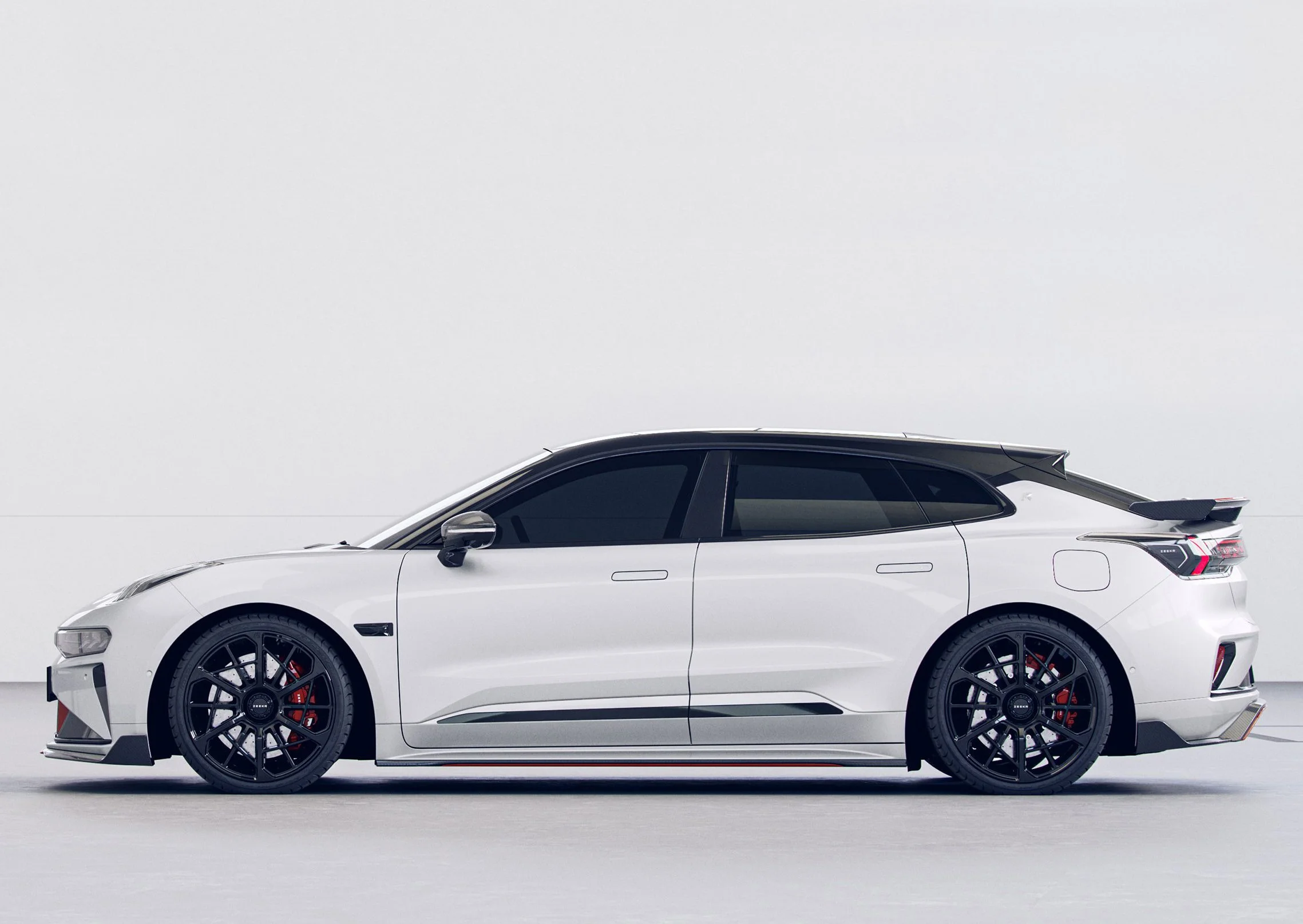Low Cost EVs – This is How The World Will Electrify
By Edward A. Sanchez – Aug. 23, 2021
With such exotic, high-horsepower cars as the Tesla Model S Plaid and Rimac Nevera, it’s easy to get caught up in the narrative that EVs are only for the wealthy. Even “mainstream” models like the Ford Mustang Mach-E, the Hyundai Ioniq 5, and the Nissan Ariya are in the $40,000-plus range. Not dramatically outside the realm of affordability for many, but when you’re talking about developing economies like China, India, Africa, and Southeast Asia, $40,000 is a big stretch for family transportation. That’s where cars like the Tata Tigor and Wuling Hong Guang Mini come in.
By developed-market standards, the specs for these two vehicles are pretty tame. The Tigor features a motor with a peak output of 55 kW (74 hp) and 170 Nm (125 lb-ft) of torque. The Tigor is the second EV from Tata, the first being its handsome Nexon crossover. Whereas the Nexon EV is priced starting at around the equivalent of $18,830, the Tigor EV is priced at an even more competitive $14,240.
Tata’s first EV, the Nexon EV, is a handsome crossover with an aggressive price. The company is now releasing a second EV with an even more palatable price tag. (Image courtesy Tata)
Tata boasts about the Tigor EV’s acceleration from 0-60 km/h (0-37 mph) in 5.7 seconds. Its battery is a modest 26 kWh. Range was not listed in the announcement, but figure it will be around 160 km (100 miles). The Tigor EV was just announced earlier this week, so we have no sales figures on it yet, but Tata claims the Nexon EV has a 70% market share of the Indian EV market.
The new Tata Tigor EV costs the equivalent of $14,240 and will likely have a range of 100 miles. (Image courtesy Tata)
The Wuling’s output is even more modest at 20 kW (27 hp) and 85 Nm (63 lb-ft) of torque. The Wuling sells for the equivalent of $4,330 and just under $6,000 for the high-level trim. Yet it can attain a top speed of 100 km/h (62 mph), and has a claimed range of 170 km (106 miles) from its 13.8 kWh battery.
The Wuling Hong Guang Mini may look odd or toy-like by Western standards, but since its introduction in July 2020, it has gone on to become the best-selling EV in China, outselling the China-built Tesla Model 3 and many other Chinese domestic-market EVs. In less than seven months, Wuling sold more than 200,000 of the Mini. It is an especially big hit among young millennial women in China, with women representing more than 60% of buyers.
With a price of less than the equivalent of $6,000 for a loaded model, the Wuling Hong Guang Mini is now one of the best selling EVs in China. (Image courtesy Wuling)
The Mini features air conditioning, USB ports, and anti-lock brakes. The cars, and their owners, known as “Wuling Girls” have an active social media following in China, with many of the cars customized with wraps and paint jobs featuring anime and comic characters.
Wuling Minis have a bit of a cult following in China (Image courtesy Wuling)
The fact of the matter is that China’s cities are congested, so you’re lucky if you can ever get to above 30 mph, and most people just want basic, reliable, comfortable, economical transportation. While there is certainly a market for premium products and vehicles in China, for many, cars like the Wuling perfectly meet peoples’ needs.
The Hong Guang Mini and Tigor may not get the headlines of the Model S Plaid, Nevera, or even the Mercedes EQS in Western media, but for many parts of the world, cars like these will be what get the masses into EVs.
(Main image courtesy Tata)
- Podcast - Facebook - Google News - Twitter -











